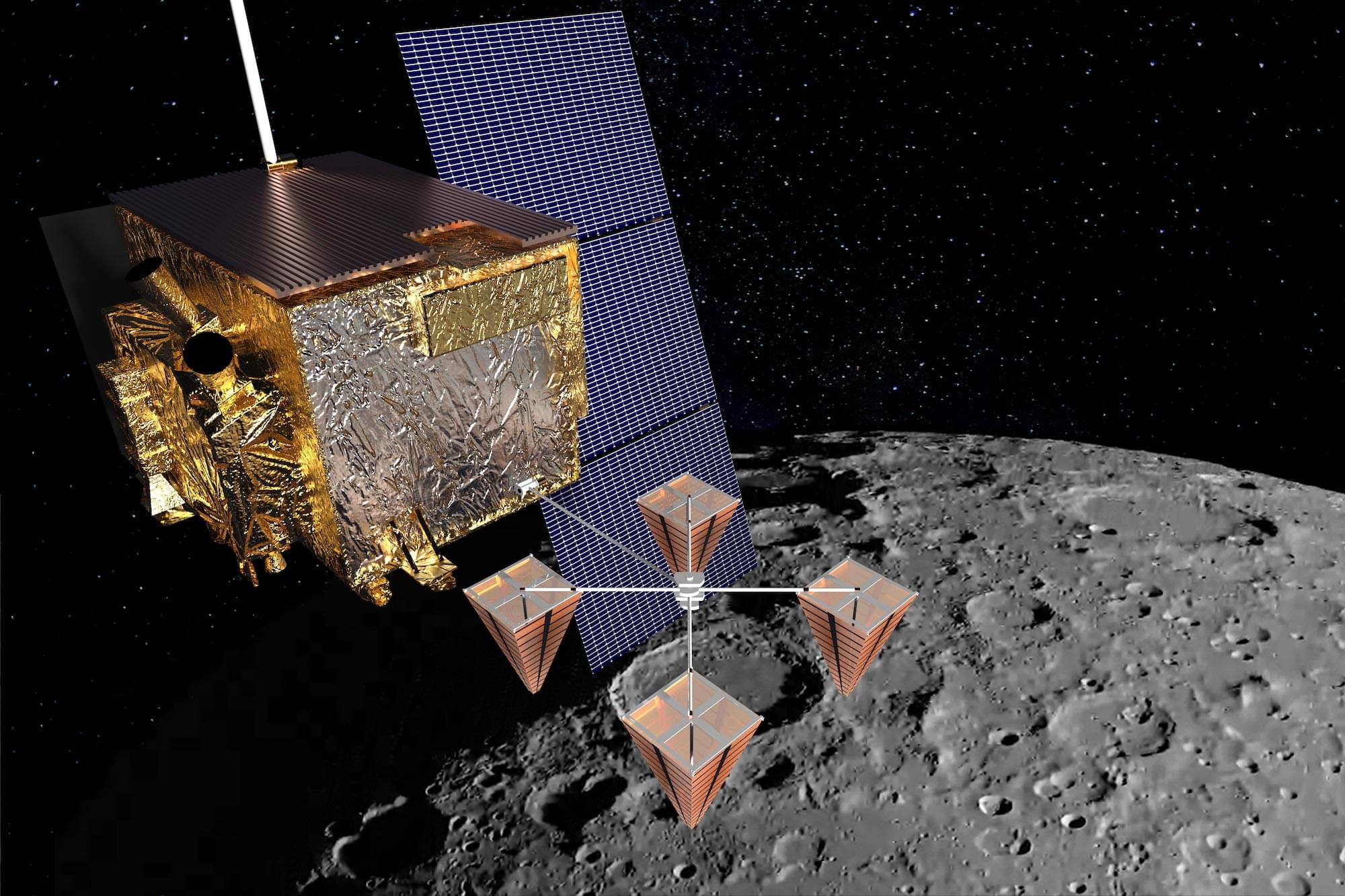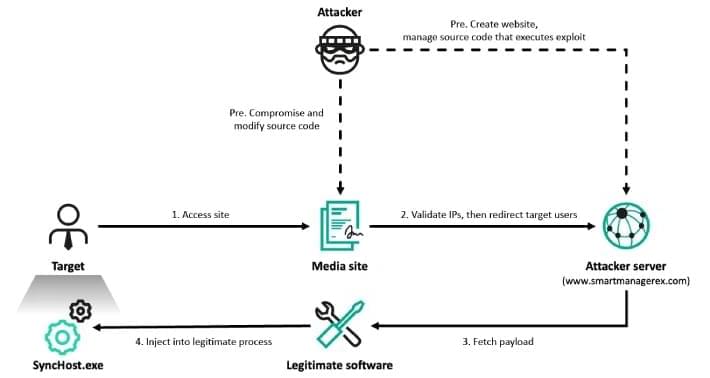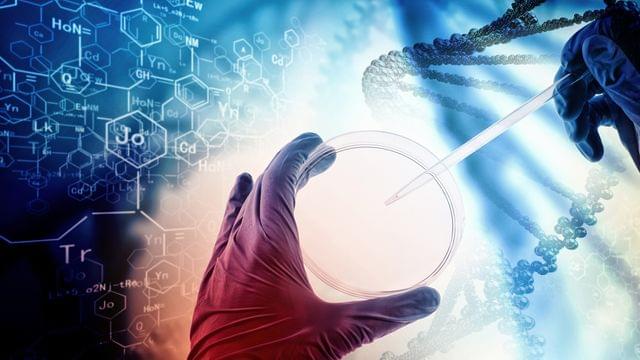Scientists are using cutting-edge techniques to track water ice on the Moon—an essential resource for future space missions.
A University of Hawai‘i team utilized ShadowCam to peer into the Moon’s perpetually dark craters, refining estimates of surface ice. Another team introduced a cosmic ray-based method to detect deeply buried ice, a breakthrough in lunar exploration. Both approaches could revolutionize how we locate usable water beyond Earth, with Hawai‘i emerging as a key player in the growing space frontier.
Unlocking lunar water: why ice on the moon matters.








